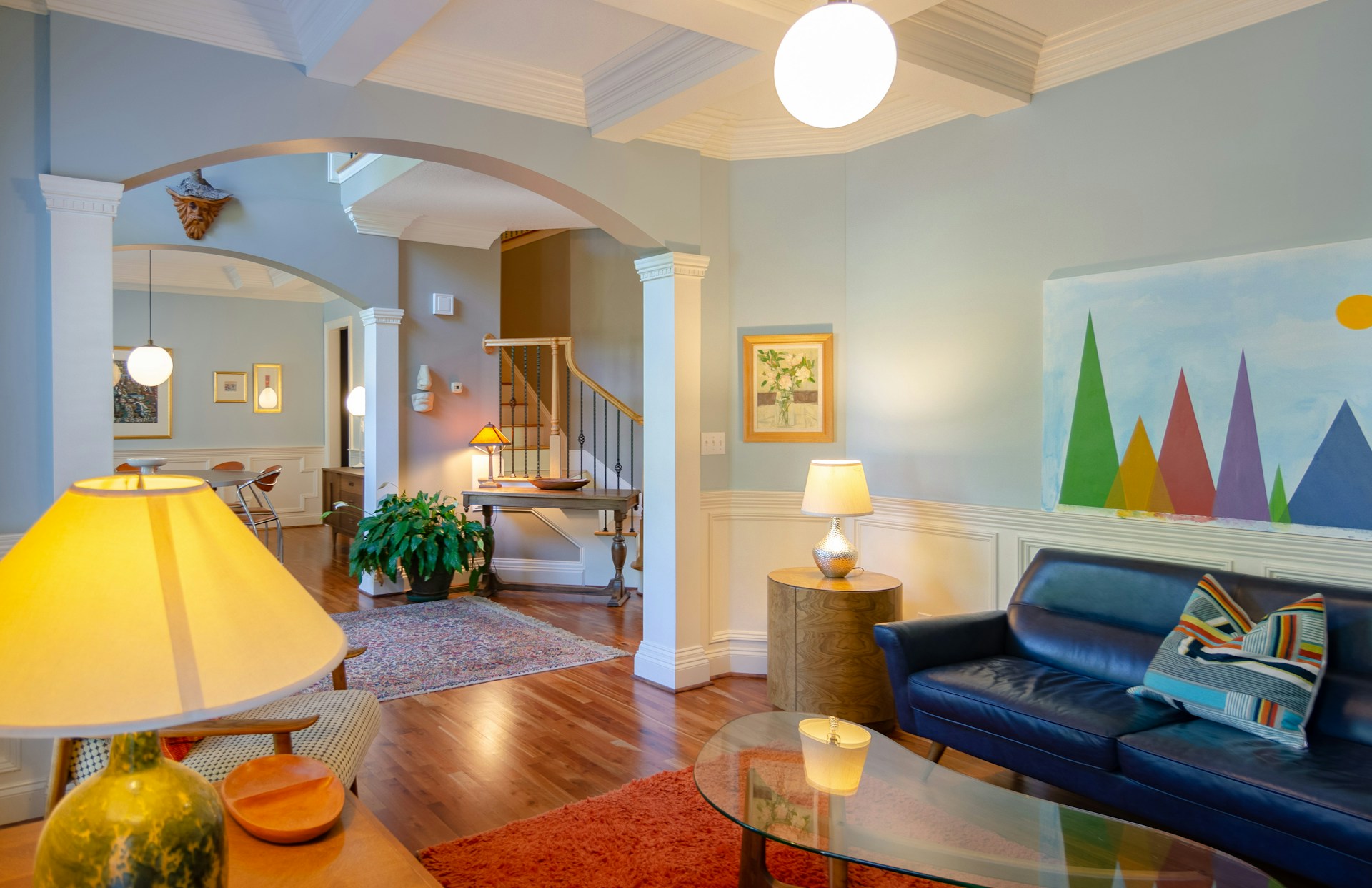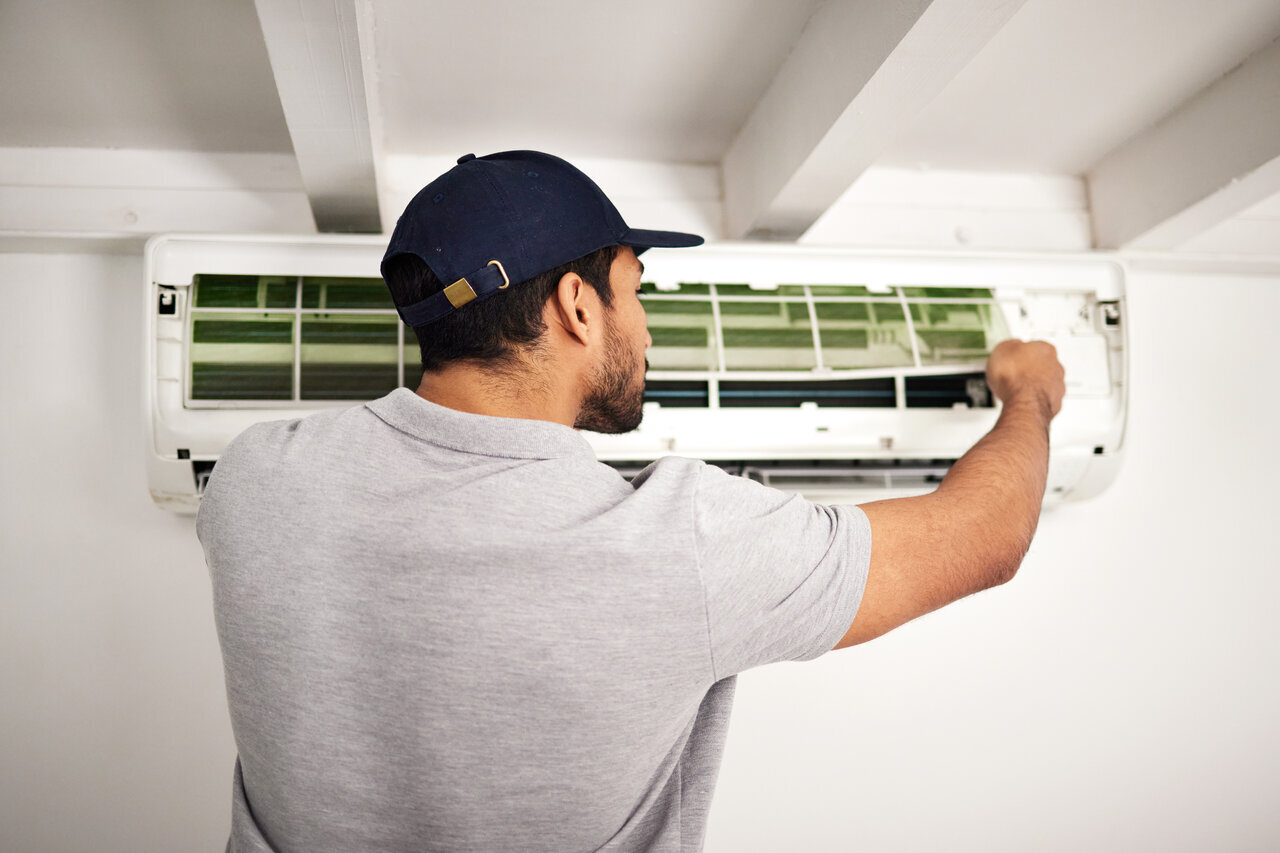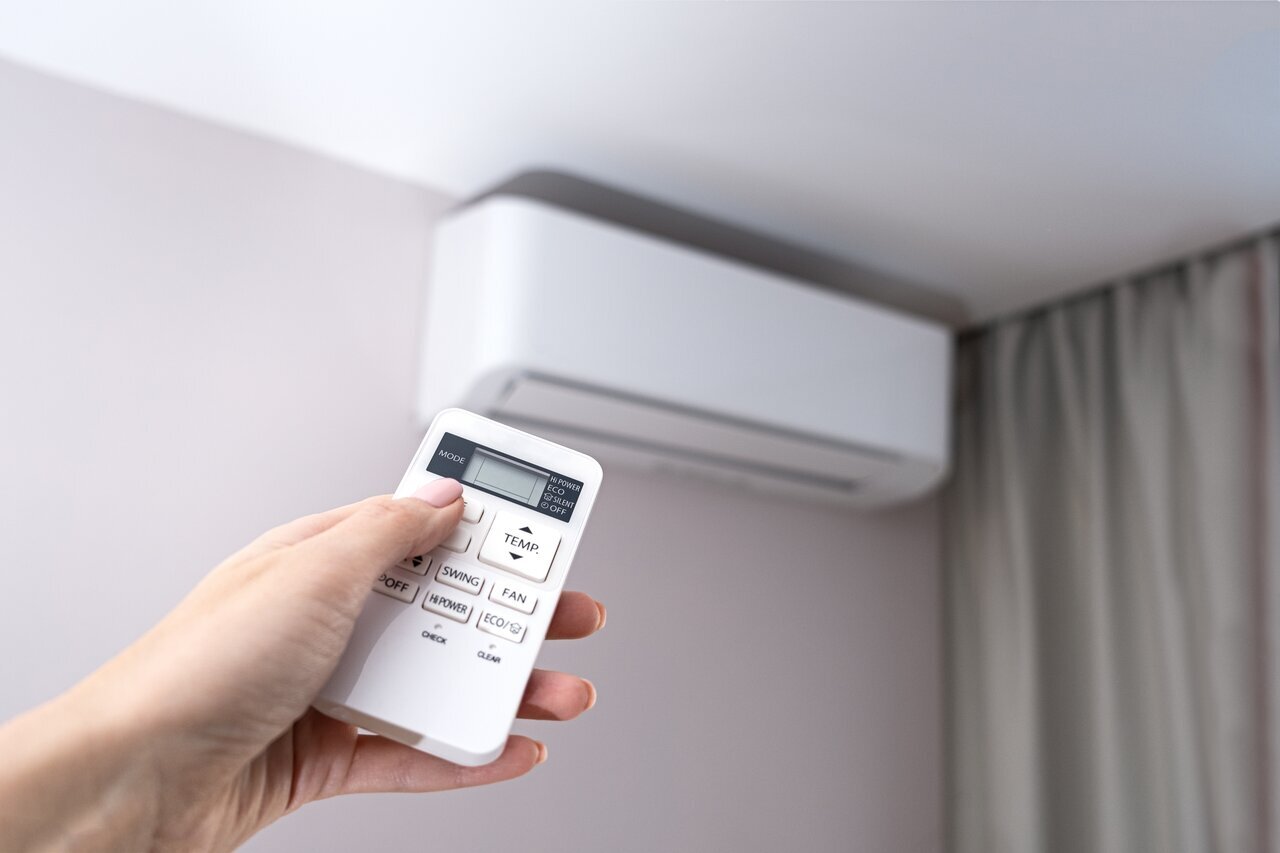Why LED Lights are In Demand?
LED lights are more popular than ever before. In fact, you might have noticed them everywhere. They’re in street lamps and traffic signals, on the side of buses, and in other public spaces. They’re even replacing traditional light bulbs in homes and offices.
In fact, they have been on the rise since 2008, as per the US Energy Information Administration. The EIA reports that the number of LED light bulb installations increased by 94% between 2009 and 2014.
LED lights are ideal for a number of reasons: they’re energy-efficient, bright enough to illuminate large areas without being harsh or glaring on the eyes, they last a long time without needing to be replaced or repaired, they don’t emit any harmful emissions (such as mercury), and they don’t require much maintenance.
But what is an LED light? What makes it so special? And how can you install them in your own home?
Whether you’re considering upgrading your home or business lighting or simply want to stay informed about the latest lighting trends, this blog post will provide you with everything you need to know about LED lights.
Let’s take a look!
What are LED Lights?
LED lights are semiconductor diodes that convert electrical energy into light. They’re often used to replace incandescent and fluorescent bulbs in homes and businesses because they’re more energy-efficient and last longer than other types of bulbs.
Unlike regular incandescent/fluorescent bulbs, LED lights do not rely on heating a filament or passing an electrical current through a gas to produce light. Instead, they use a process called electroluminescence, where electrons within the semiconductor material are excited, causing them to emit photons of light.
Moreover, LED lights come in various colors and can be easily dimmed, making them highly versatile for different lighting applications. They are commonly used in residential and commercial settings, outdoor lighting, automotive lighting, and even in electronic devices such as smartphones and televisions.
Difference Between Incandescent Lights Vs. LED Lights
There are many differences between incandescent lights and LED lights. Incandescent bulbs were first used in the late 1800s and have been around for a long time. LED bulbs are newer but are still quickly replacing incandescent bulbs in homes, businesses, and public spaces. LED lights have emerged as a revolutionary alternative, boasting impressive energy efficiency, extended lifespan, and numerous other benefits.
So, let’s delve into the comparison highlighting the differences between incandescent lights and LED lights so you can make the right decision when it comes to selecting the most suitable lighting solution for your needs:
Pros of LED Lights
LED lights are a great choice for the home or office. They can be found in everything from utility lights to decorative lighting, and they have a number of advantages over other types of bulbs.
Here are several reasons why you should consider upgrading your lighting to LED:
- Energy Efficiency: LED lights are the most energy-efficient lighting technology available. They use around 70% less energy than incandescent bulbs and a whopping 90% less than fluorescent bulbs. That means they’re great for your wallet and even better for the planet.
- Light Lifespan: LED lights also last much longer than other types of lighting. They can last between 50,000 to 100,000 hours—about 20 years of constant use! Because LEDs don’t have filaments or gas inside them like other bulbs do, they won’t burn out in a matter of months like some other types of lighting might.
- Cost Savings: Due to their energy efficiency and long lifespan, LED lights result in substantial cost savings over time. The U.S. Environmental Protection Agency estimates that households can save approximately $75 per year by replacing traditional bulbs with energy-efficient LED lights.
- Environmental Impact: LED lights are more energy efficient than most other types of light. They use up to 85% less energy and last 25 times longer than incandescent bulbs. This can help reduce the amount of greenhouse gas emissions, which helps to protect the environment. According to the U.S. Department of Energy, if all Americans switched to LED lights, it would save the equivalent of the annual electricity output of 44 large power plants.
- Durability and Safety: LED lights are durable and resistant to shocks, vibrations, and temperature fluctuations, making them suitable for various environments. They do not emit dangerous UV or infrared radiation, making them safer for use around sensitive materials or in applications like artwork illumination.
- Instantaneous Operation: LEDs can be turned on instantly, while incandescent bulbs need time to warm up before they can provide light. This makes them useful in areas where there is no electricity because they do not require an electric current to start working immediately after being switched on.
- Design Flexibility: LED lamps come in many shapes, sizes, and colors, which allows them to fit into almost any space imaginable while still providing plenty of light where needed, such as under cabinets or overhead lighting in kitchens or bathrooms (or anywhere else you want).
Cons of LED Lights
Today, LED lights are all the rage. They’re energy-efficient, they last longer, and they’re just generally better for the environment than other types of bulbs. But there are some cons to LED lights too. Here’s what you need to know about them:
- Higher Initial Cost: LED bulbs cost more than traditional incandescent bulbs, so that they can be an investment in the short term. However, LED lights will save you money over time by using less energy than incandescent light bulbs and lasting much longer than their counterparts. According to the U.S. Department of Energy, LED bulb costs have dropped by approximately 85% since 2008.
- Color Temperature Variation: LED lights come in different color temperatures, meaning that one bulb’s color temperature might not match another. This can lead to variation in the overall look of your space—for instance, if you’re trying to create a warm mood with one type of light and then add a brighter LED bulb into the mix, it might throw off the balance of your space.
- Blue Light Concerns: LED lights are known to emit blue light, which concerns some people. Blue light can disrupt your circadian rhythm, leading to eye strain, headaches, and sleep problems. If you want to minimize the amount of blue light in your home environment, consider using dimmer switches or installing light filters on windows.
- Heat Sensitivity: LEDs are more sensitive to heat than other types of lighting. If you install LEDs in your home, be sure that they are not in an area where they could get too hot—this includes near windows or open doors.
- Complex Dimming Compatibility: LEDs are a new technology that has been difficult to make compatible with older dimming systems. While some bulbs have been made to work with older dimming systems, many people find that the bulbs are not as bright or as effective when used in this way.
Applications of LED Lights
LED lights have come a long way in the past few years. These days, they’re more efficient than ever, and they can be used for a variety of applications.
Here are seven ways that LED lights can be used to improve your home or business:
- Residential Lighting: LEDs are used for residential lighting in a number of ways. For example, they can be used in ceiling fans, which help cool down your home during warm summer months. They can also be used in spotlights, which provide focused light on specific areas of your home where you need it most. Finally, LEDs can be used in decorative light bulbs that you hang from the ceiling, giving your living room an elegant look.
- Commercial Lighting: LEDs have many applications in commercial settings as well. For example, they can be used in street lights and traffic lights because they last longer than traditional incandescent bulbs and CFLs (compact fluorescent lamps). They can also be used in signs because they don’t require any sort of ballast or starter like traditional neon signs do; this means that there’s no maintenance required for these types of signs (as opposed to those made with neon tubing).
- Outdoor Lighting: LED lights are highly popular for outdoor lighting applications. They are used for street lighting, parking lot lighting, pathway lighting, and landscape lighting. LED lights’ durability, directional lighting capabilities, and ability to withstand harsh weather conditions make them an ideal choice for outdoor illumination.
- Display and Entertainment Lighting: LEDs are also used in display and entertainment lighting. This includes things like TV screens, computer monitors, and even light bulbs! There are some drawbacks to this kind of light, though: they can be expensive, and they need to be replaced often.
- Automotive Lighting: LED lights are increasingly being used in automotive lighting applications. They are used for vehicle headlights, taillights, turn signals, and interior lighting. LED headlights provide better visibility, longer lifespan, and improved energy efficiency compared to traditional halogen or HID lights.
- Industrial and Commercial Facilities: LED lights are commonly used in warehouses, factories, and industrial facilities. They provide bright and efficient lighting for large spaces, improving visibility, safety, and productivity. LED lights are preferred for their ability to instantly turn on/off, making them suitable for areas with frequent switching requirements.
- Electronic Devices: LED lights are integrated into various electronic devices such as smartphones, laptops, televisions, and digital clocks. They are used as indicator lights, backlighting for displays, and decorative elements in consumer electronics.
Tips for LED Light Maintenance and Care
LED light maintenance is important to keep your lights functioning efficiently. Here are some tips that will help you keep your LED lights running smoothly.
- Regularly dust off the LED lights with a soft cloth to maintain optimal brightness.
- Avoid touching LED bulbs with bare hands to prevent oil residue and extend their lifespan.
- Keep the light fixtures clean and free from debris to ensure proper heat dissipation.
- Check for loose connections or damaged wiring and promptly address any issues.
- Avoid exposing LED lights to excessive heat or moisture to prevent damage.
- Gently clean the lenses or covers of LED lights using mild detergent and a soft cloth.
- If using dimmable LED lights, ensure compatible dimmer switches are installed for smooth operation.
- Replace any faulty LED bulbs or fixtures promptly to maintain consistent lighting.
- Consult the manufacturer’s instructions for specific maintenance recommendations.
- Consider scheduling periodic professional inspections and cleaning for larger LED lighting installations.
FAQs
If your building’s current lighting system is inefficient, or if it uses old technology that is no longer being produced, then it’s likely time to update your system with a new one that will save you money on energy costs over time. If you aren’t sure whether or not it’s time for an upgrade, talk to a professional who can help assess whether or not there are any benefits in changing over now—or if waiting until later would be more cost-effective.
The lifespan of an LED bulb depends on how often you use it and how much light it emits. LEDs have a lifespan of around 50,000 hours (or about 25 years), so they’re significantly longer-lasting than standard incandescent bulbs. They also have no filaments or other moving parts like traditional bulbs, so they don’t break down as easily. Most manufacturers claim that an LED bulb can last up to 25 years, but we recommend that you replace your bulbs every five years for optimal performance.
Yes! Most dimmers work just fine with LED bulbs, as long as you don’t use them at maximum brightness all the time (which will shorten their lifespan).
The time to install an LED light depends on various factors, including the size of your home and what kind of space you’re trying to illuminate. It’s very important to get an Orange County electrician’s opinion when installing an LED light, as they will be able to give you a more accurate estimate based on their experience with different types of spaces. Most LED light installations take about 30 minutes.
The average cost of installing LED lights is between $100 and $300. The price will depend entirely on the size of your home and the number of lights you wish to install.
Yes, LEDs are completely safe and environmentally friendly. They don’t contain mercury like traditional bulbs do, so there’s no risk of breaking one in your home or office and exposing yourself or others to toxic chemicals or fumes.
It depends on how much you use your lights. If you’re using them for 8 hours a day, every day of the year, then an LED light could save up to $100 in electricity costs each year (depending on your location). That adds up fast!
Upgrade Your Home Lighting To Energy-Efficient LED Lights Today! Call Morris Air & Electric
Do you ever find yourself sitting in the dark, wondering how much energy you’re using?
If so, you’re not alone. In fact, it’s a common problem in Orange County. And it doesn’t have to be this way! You can upgrade your home lighting to energy-efficient LED lights today and save money immediately. LED bulbs use about 80% less energy than standard bulbs, and last 25 times longer (10 years), so you’ll save money in the long run by installing them.
If you don’t know How to Install LED Lights or don’t want to take risks, then call an electrician.
At Morris Air & Electric, we offer lighting installation and replacement services throughout Orange County. We can help you with everything from replacing your old incandescent bulbs with LEDs to installing new fixtures in the rooms of your house that need them most. Moreover, we’ll even come by if you just want to make sure your current system is working properly (and help you fix any problems).
We also offer a wide range of electrical services, including:
- Lighting installation
- Lighting repair
- Lighting retrofits
- Lighting maintenance
- LED lighting installation and replacement
- Industrial Lighting Replacement and Installation
- Emergency Light Fixtures
Whether you’re looking to install new fixtures or replace old ones, we’ve got you covered!
Moreover, our team of electricians will help you design a custom lighting system that complements your style and tastes while also meeting your specific needs. Our electricians are dedicated to helping you find the perfect solution for your home or business, so contact us today at (833) 482-2349 for electrical services in Orange County!






